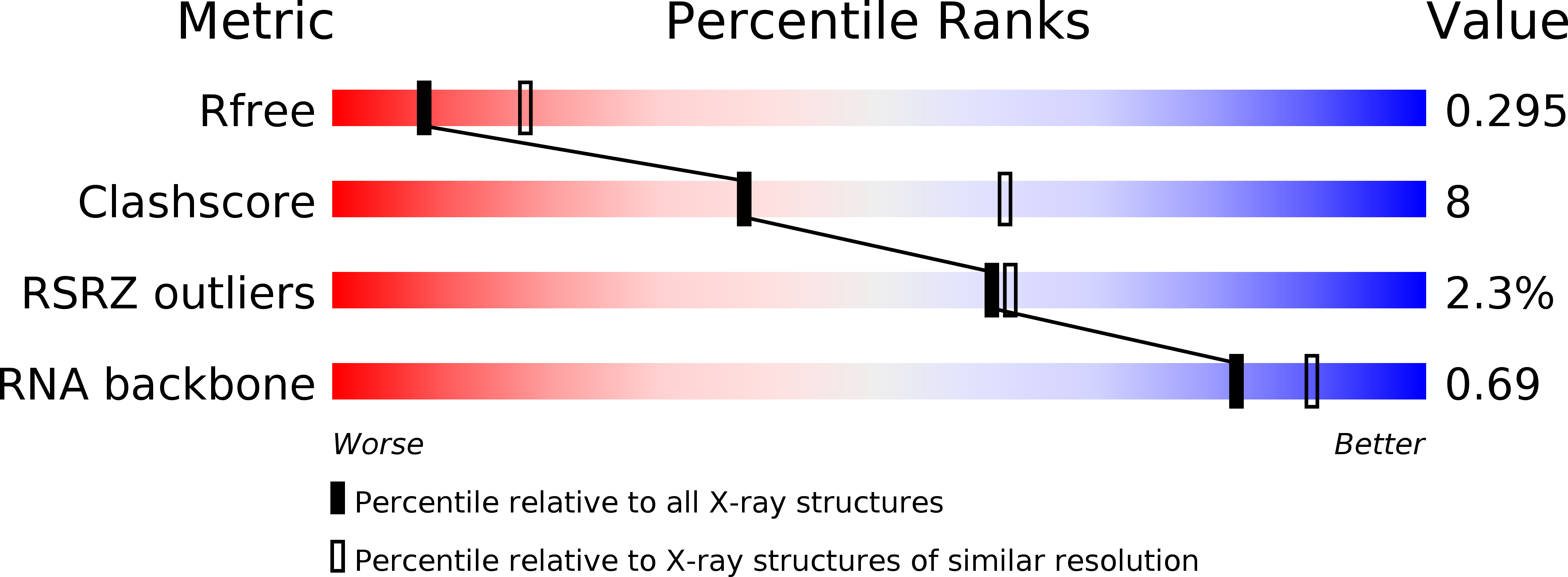
Deposition Date
2006-12-02
Release Date
2007-11-06
Last Version Date
2023-08-30
Entry Detail
PDB ID:
2O3Y
Keywords:
Title:
Crystal Structure of the Homo sapiens Cytoplasmic Ribosomal Decoding Site in Presence of Paromamine Derivative NB30
Biological Source:
Source Organism:
Method Details:
Experimental Method:
Resolution:
2.70 Å
R-Value Free:
0.28
R-Value Work:
0.24
Space Group:
P 21 21 2


